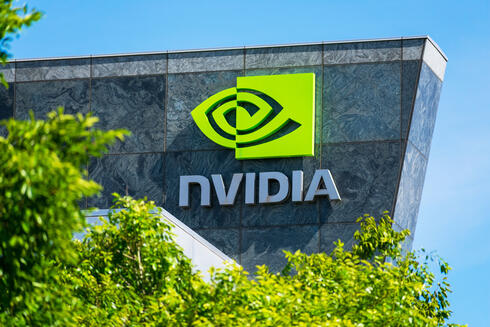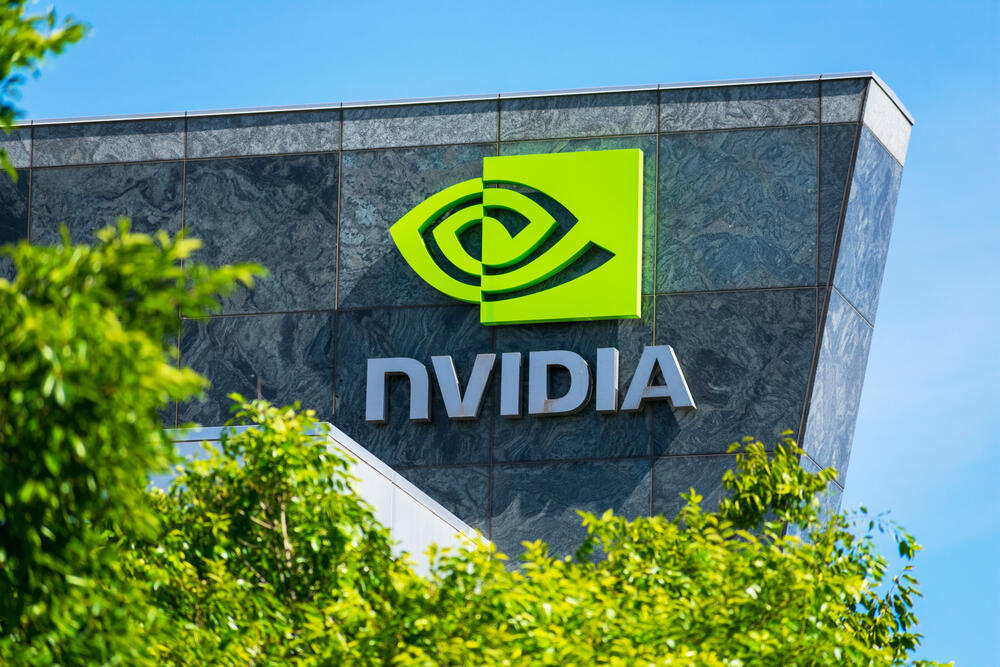
Why did Nvidia's stellar earnings leave investors cold?
Why did Nvidia's stellar earnings leave investors cold?
Amid soaring expectations, even record-breaking earnings can't prevent a stock slump.
What is the appropriate response to a company that reports a quarterly revenue jump of 122% and expects another increase of up to 145% in the current quarter? If it were just any company, this would likely result in a rush of investors driving up the stock price. However, in the case of Nvidia, the chip giant that has accustomed the market to blockbuster reports, the reaction was rather lukewarm, with the share price dropping 6.89% in late trading. The reason? When you're Nvidia, investors expect much more, and even a one-and-a-half-fold increase in revenue no longer satisfies them.
Nvidia's report for the quarter that ended in July 2024 was fantastic by almost any measure, surpassing most forecasts. Revenues stood at $30.04 billion (compared to revenue forecasts of $28.7 billion), driven mainly by a 154% increase in the Data Center division, which includes AI chip sales, recording revenues of $26.3 billion. Net profit rose 168% to $16.6 billion.
However, investors were disappointed by another key figure: the revenue forecast for the current quarter. For the quarter ending in October, the company expects revenues of between $31.85 billion and $33.15 billion, representing an increase of between 136% and 145% compared to the corresponding quarter last year.
Although this figure was higher than the average analyst forecast of $31.9 billion, it was significantly lower than the most optimistic forecasts, which approached $38 billion. Against the backdrop of high expectations for Nvidia, some investors interpreted this as a sign of a possible cooling in demand for AI chips.
Another fundamental issue that has deterred investors concerns Nvidia's new generation of AI chips, Blackwell, which the company unveiled in March. These chips are expected to provide a significant leap in processing capabilities and enable the creation of much more advanced and complex AI models. However, with the release of the report, Nvidia confirmed difficulties in the production of the new chips, which are now expected to reach the market with a delay of two to three months compared to the original timeline. According to the company, a design change was necessary to improve production yields. Despite having already sent samples to customers, mass production is now expected to begin only at the start of the quarter ending in January 2025. Nvidia anticipates shipping only a few billion dollars worth of chips during this quarter, and will continue to rely primarily on the current generation of chips (Hopper) in the next two quarters.
The production difficulties also led to a decrease in the profit margin compared to the previous quarter, which stood at 75.1%, down from 70.1% in the quarter ending in April of this year.
Jensen Huang, Nvidia’s CEO and founder, attempted to allay market concerns. "We will have a very abundant supply, and we can reach mass production," he said in an interview with Bloomberg. "The functionality of Blackwell is wonderful." In a conversation with analysts, Huang addressed concerns about a potential cooling of the market: "There are so many directions that generative artificial intelligence is going, and in fact, we see that the momentum of generative AI is accelerating."
But in a sensitive market, where investors are anxious about signs of slowing demand for AI chips and are well aware that production issues can be more complex and prolonged than initially anticipated, Huang's statements were not enough to reassure them. "With each passing quarter, everyone is asking, 'How much longer can this go on?'" UBS analyst Timothy Arcuri told The New York Times. "The discussion is not about Nvidia's strong sales, but about the bigger picture—whether next year will be the peak, and the music stops. And the music has been playing for quite some time."














